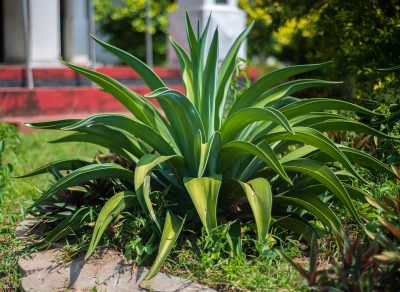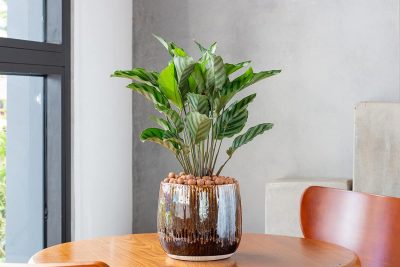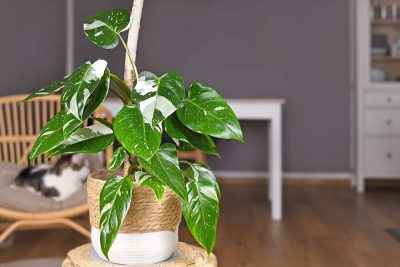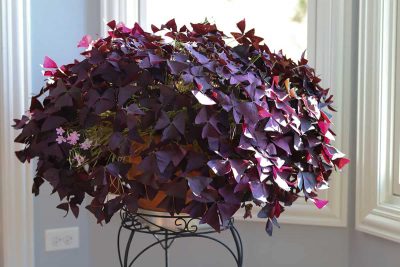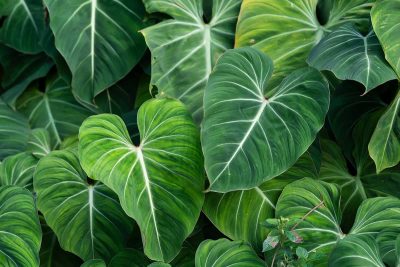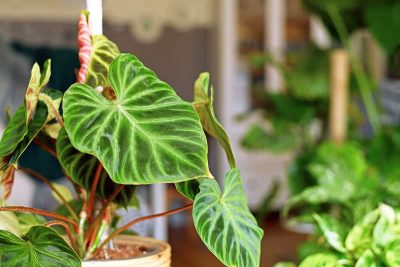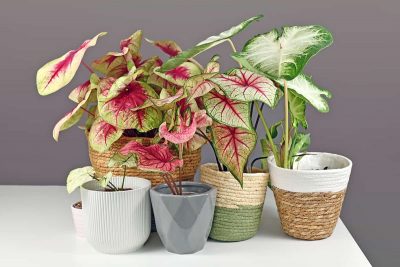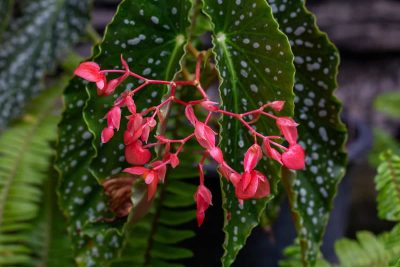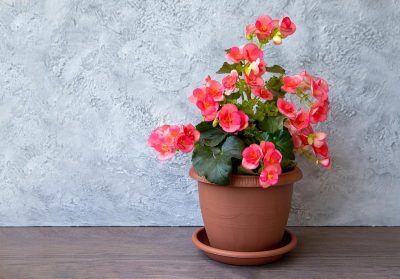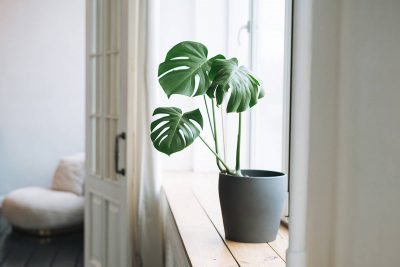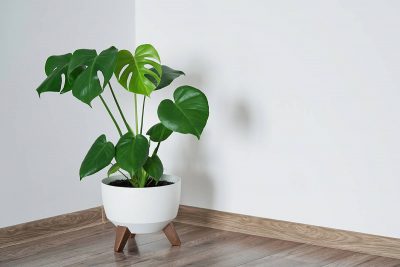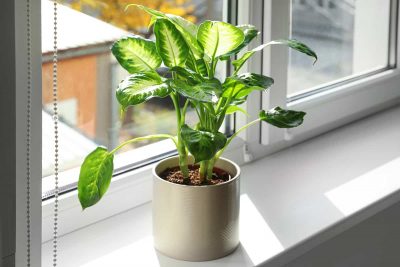Huy Pham
Posts by Huy Pham:
You just got a new agave plant, charmed by its bold, architectural look that promises to jazz up your patio. But now you’re faced with a question: How do you keep this striking specimen thriving? Agave plants are not just beautiful—they’re also robust and low-maintenance, making them perfect even if your thumb isn’t quite green yet.
Calathea plants offer a striking addition to any indoor plant collection with their vibrant foliage. Known for their decorative leaves, they are a popular choice for houseplant enthusiasts. You may find caring for Calathea rewarding as they transform your space with a splash of tropical flair.
You just received a White Princess Philodendron as a gift. Its striking leaves, marked with splashes of white against a deep green, catch the light in your living room. You’re eager to see it thrive, but as you look closer, you realize caring for such a unique plant might require a bit more know-how than your usual houseplants.
When you received an Oxalis plant as a housewarming gift, you were thrilled but a bit anxious about keeping it alive. The plant’s vibrant purple leaves and delicate appearance seemed like they might require complex care. However, you soon discovered that with just a bit of know-how on light, watering, and soil conditions, your Oxalis not only survived but thrived, adding a burst of color to your kitchen or living window.
Are you ready to transform your living space with the stunning Philodendron gloriosum, known for its large, heart-shaped leaves and dramatic white veins? This guide will walk you through every step of growing and caring for this magnificent plant.
Growing Philodendron verrucosum at home adds a tropical flair to your indoor green oasis. This enticing plant, with its velvety leaves and strikingly contrasting veins, requires specific care to thrive. Providing adequate moisture, light, and warmth mimics its natural rainforest habitat.
Caladiums add vibrant color and vitality to your garden with their lush foliage. These tropical plants thrive in warm conditions and can brighten shaded spots with their large, heart-shaped leaves. Understanding the essentials of caladium care increases the likelihood of a bountiful display of their radiant leaves.
Angel Wing Begonia is a captivating houseplant that will catch your eye with its distinctive foliage. Its leaves resemble wings, complete with bold patterns and colors. This plant not only adds visual appeal but can also grow up to five feet tall, making a striking statement in your home.
Have you ever noticed how some plants seem to bring a room to life with just a pop of color? Begonias might be just what your home needs. These vibrant plants, with their diverse leaf shapes and brilliant blooms, can brighten any space. This guide will walk you through the essentials of growing and caring for begonias, ensuring your plants remain as lively as the day you brought them home.
From the broad, majestic leaves of the Monstera deliciosa to the striking fenestrations of the Monstera adansonii, this post will guide you through the most popular types, helping you find the perfect Monstera for your indoor jungle.
Are you looking to add a statement piece to your home decor? A Monstera might just be the perfect fit. Known for its dramatic, hole-punched leaves, this plant brings a bit of the jungle indoors. In this post, you’ll learn exactly how to keep your Monstera thriving, making sure it continues to turn heads and elevate your living space
Are you looking to elevate your indoor space with some lush, vibrant greenery but worried about the upkeep? Enter Dieffenbachia, a striking addition to any room with its bold, patterned leaves. Stick with us through this post to learn how to care for this hardy plant to transform any corner of your home into a vibrant, lush oasis with minimal effort.
